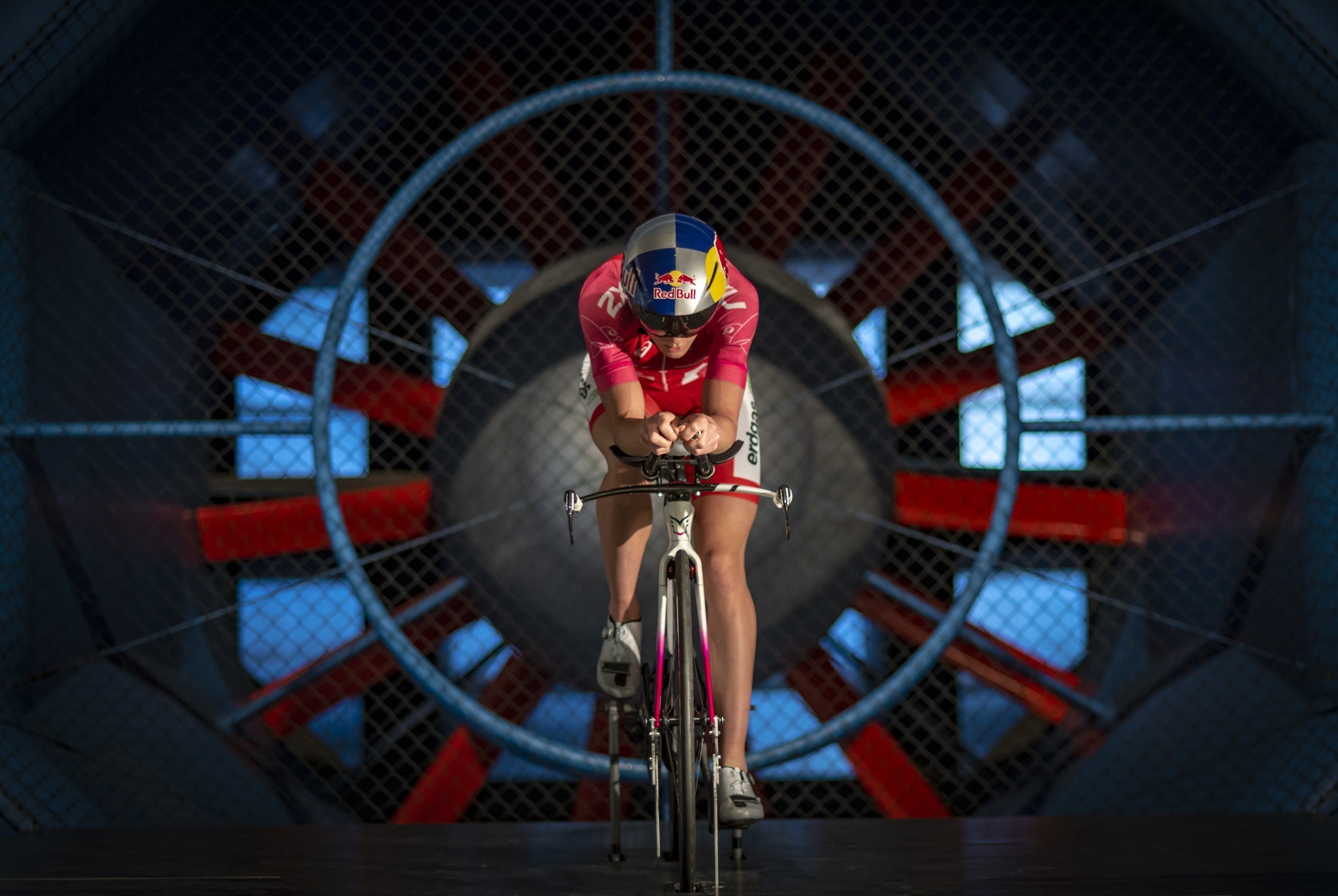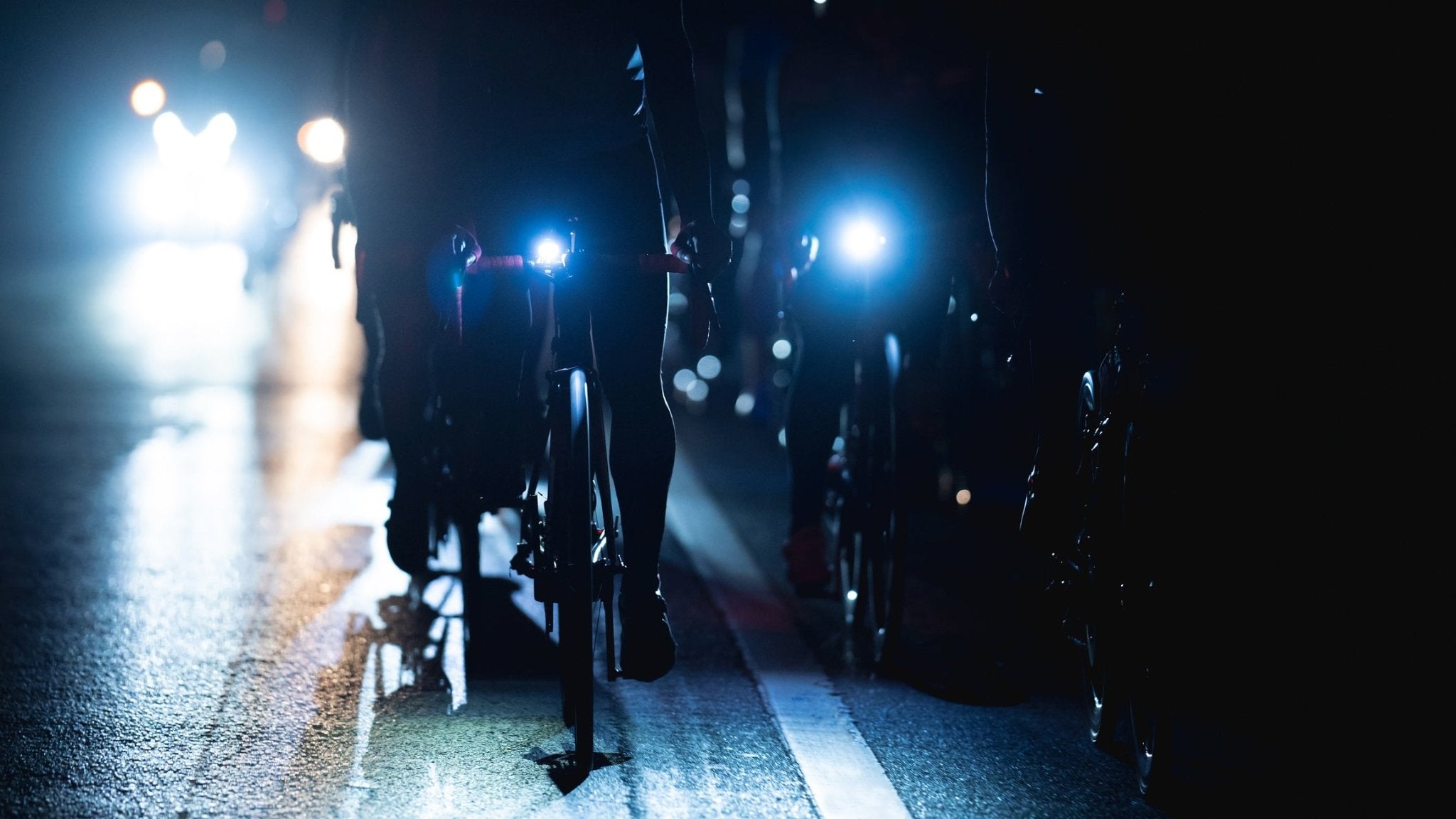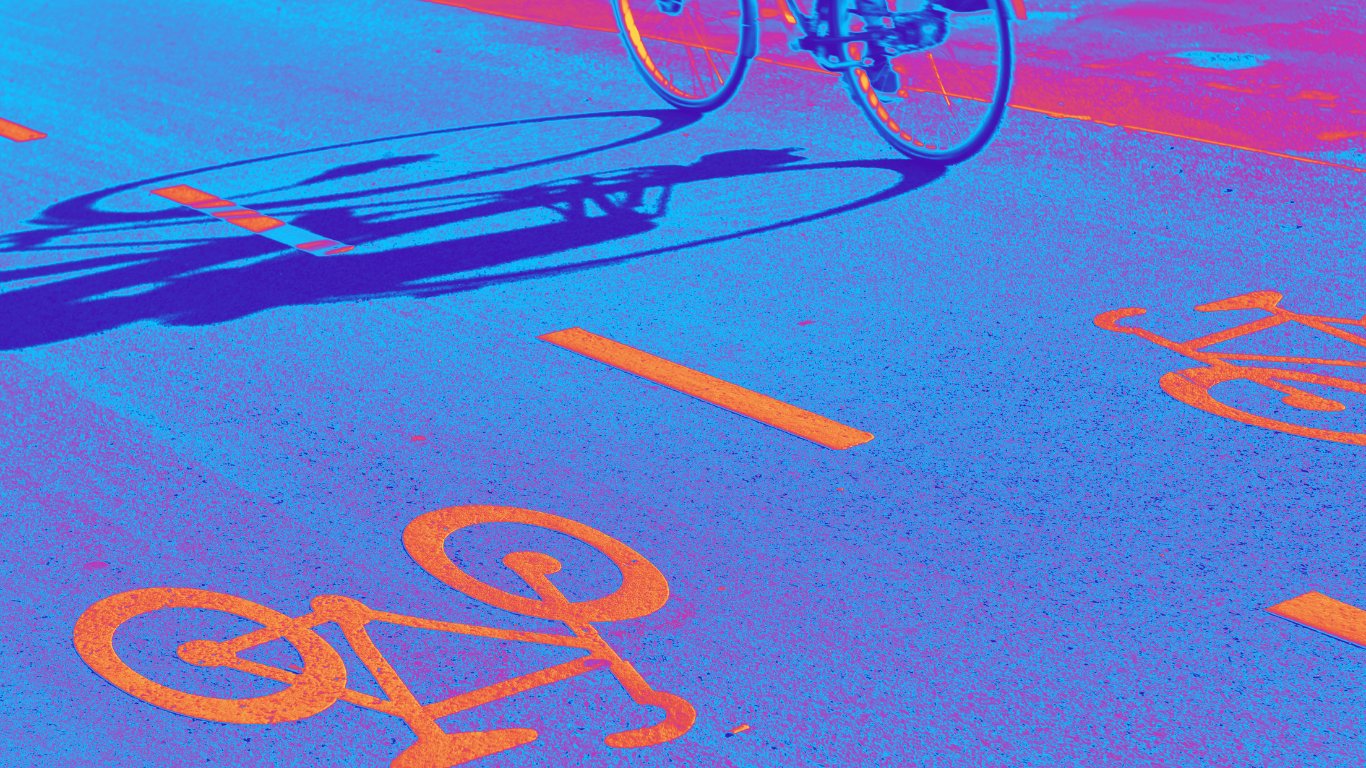Ride Faster: Bike Setup Changes for Triathletes Inspired by Daniela Ryf

Renowned pro triathlete Daniela Ryf has had annual sessions testing her aero positions. She recently posted a video of her most recent session and summarized the effectiveness in terms of wattage savings for the changes she has made to her bike position over time.
How Is This Relevant to Our Racing?
Not all of us have access to wind tunnel testing, but the results pros experience can serve as a guideline for us to apply to our own race setups. Certain changes intuitively make sense (aero frame, aero wheels, aero helmet) and these have been proven out consistently and repeatedly. Without wind tunnel testing, any athlete can make these changes any time to achieve superior aerodynamics. All the changes and updates come with a price tag, and the costs vary substantially.
Comments on the Tabulated Results:
- Not all athletes will have the same level of results from specific changes, but it is reasonable to assume that similar changes in your own setup will trend in the same direction.
- Individually, each of the changes is arguably marginal, but they all add up to something significant.
- Some of these results represent improvement from what was, in most cases, an already superior aerodynamic position. For example, the wattage savings on the frameset and wheelset were upgrades from already provably superior points. Daniela moved from the Felt IA to the Felt IAx frameset. The Felt IA frameset was already pretty damn good, based on substantive results and aero engineering. Ditto with the updated DT Swiss wheelset.
- Some changes are fairly cost-neutral: they have a cost to them, but the incremental cost isn’t as big as it might seem. Helmet and clothing are good examples. You have to wear them both, so the cost of the more aero option is just the difference between the options. A regular road helmet averages $150 to $200. Aero helmets start at $229. The incremental cost of the more aero option is just the difference between the two options.
- One of the most effective cost neutral or inexpensive changes is to move your bottle mounts from the frame inner triangle to behind the seat.
- Surprisingly, moving the front aero mount further back gave Daniela a savings of three watts. This is just a positional change and has no real cost attached to it.
- Some changes might not result in any net cost. Daniela’s 2024 tests showed that the position of the front aerobar-mount water bottle was better with the bottle mounted further back as compared to being mounted further forward.
- Comfort has got to be an overriding consideration. The most aerodynamic upgrade possible won't result in any benefit if you can't hold the aero position as a result of any changes.
Here’s a breakdown of the wattage savings Daniela Ryf achieved with her bike setup changes over the years:
| Change | Wattage Savings |
|---|---|
| Aero frame update (Felt IA to Felt IA) | 4 watts |
| Aero wheels update from DT Swiss (deeper rims) | 3 watts |
| Aero helmet | 5 watts |
| Sleeved Trisuit with aero fabrics | 5 watts |
| Custom aerobar cockpit | 12 watts |
| Moving bottes from frame inner triangle to rear mount | 8 watts |
| Calf sleeves | 5 watts |
| Moving front aero bottle further back (2024 change) | 3 watt |
Who Is This For?
Maybe for the everyday athlete doing their first triathlon or approaching triathlon (or other endurance sport) just for fun and fitness, marginal gains from all of these updates might not matter enough. But many of us start that way and then get the bug to test ourselves to see what is possible. This is for you and for anyone who has a performance or achievement goal, whether you’re testing your limits or trying to qualify for an event.
When you are competing for a limited number of spots for a particular event, it’s worth keeping in mind that your competitors have access to the same data about wattage savings. If your competition has made some or all of these changes, you will be at a competitive disadvantage. In that case, considering at least the wattage savings that are cost-neutral or inexpensive are worth considering if you want to maximize your chances of achieving your desired result.
Conclusion
By examining the wattage savings Daniela Ryf achieved through various bike setup changes, we can identify opportunities to enhance our own setups. While not every change will yield the same results for every athlete, the overall direction of these improvements is clear. Investing in aero equipment, optimizing your position, and making smart, cost-effective upgrades can collectively make a significant impact on your performance. Whether you're a novice triathlete or a seasoned competitor, these insights can help you ride faster and achieve your racing goals.




Comments